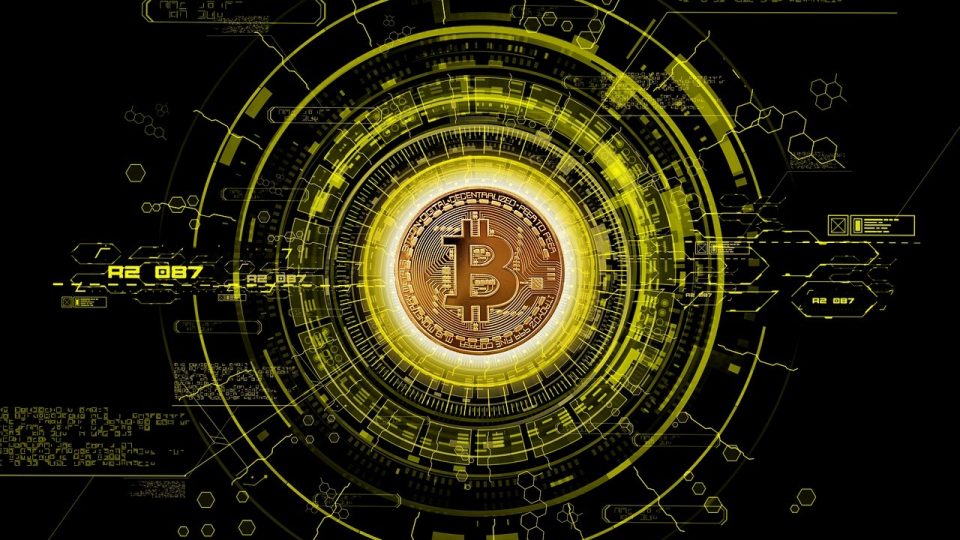Pillole di finanza: Blockchain e criptovalute
Da diversi anni le nuove tecnologie hanno radicalmente cambiato il nostro modo di vivere, sia dal punto di vista della socialità che da quello economico. Basti pensare alla consultazione quasi ossessiva dei social, che occupano gran parte delle nostre giornate, fino all’espansione ormai planetaria degli acquisti online, con tutti i rischi che ciò può comportare.
Questi nuovi mezzi hanno permesso di interagire senza l’ausilio di un intermediario soprattutto sul web, il che ha permesso da un lato la liberalizzazione totale nel rapporto tra soggetti ma, dall’altra parte, non esiste alcuna autorità deputata al controllo delle transazioni o dello scambio di informazioni.
Che cosa è la Blockchain?
Agli inizi degli anni ’90 Stuart Haber e Scott Stornetta inventarono un sistema di autenticazione, comprensivo di data e orario, dei documenti digitali, con lo scopo di evitarne la falsificazione o la modifica dei dati contenuti in essi. Nel 2008, con la deflagrazione della grande crisi economica, il fantomatico Satoshi Nakamoto pubblica un libro nel quale descrive il funzionamento di una valuta digitale, il bitcoin. Per realizzare questa moneta digitale, Nakamoto ha inventato un protocollo informatico che consente di consultare tutte le transazioni effettuate in bitcoin, a cui ha dato il nome di Blockchain.
Nel concreto una Blockchain consiste in un database condiviso fra differenti utilizzatori, senza un organo di controllo, in cui all’interno sono presenti tutti gli scambi effettuati dalla sua creazione ed è consultabile da tutti. Contrariamente a quanto avviene per i database che tutti conosciamo, le informazioni in questo caso sono archiviate in blocchi (da qui il nome) che sono uniti tra loro: la Blockchain non è mai archiviata su un server unico ma su vari computer, e questo rappresenta una protezione, in quanto anche in caso di attacco esterno, il database risulta sempre protetto poiché continua a funzionare sugli altri server collegati.
L’uso della blockchain non è limitato esclusivamente alle criptovalute, ma più in generale anche ad azioni, obbligazioni e NFT.
Cosa sono le criptovalute?
Una criptovaluta è una moneta digitale virtuale regolata da un sistema di protezione dei dati grazie all’utilizzo di chiavi o codici segreti (crittografia). La tecnologia usata è quella della Blockchain e gli scambi avvengono senza il controllo di alcuna autorità in modalità peer-to-peer. Essa non ha alcun corso legale e non è rapportata alle valute o all’oro: il suo prezzo dipende semplicemente dal rapporto tra la domanda e l’offerta.
Esistono diverse criptovalute – basti pensare che nel 2019 ne erano censite circa tremila – ma le più famose sono Bitcoin, Ethereum, Tether, Ripple e Litecoin: con queste monete virtuali è possibile comprare beni di consumo ma, a differenza delle valute aventi corso legali, non sono ammesse ovunque e sia i siti Web che i commercianti non sono obbligati ad accettarle.





